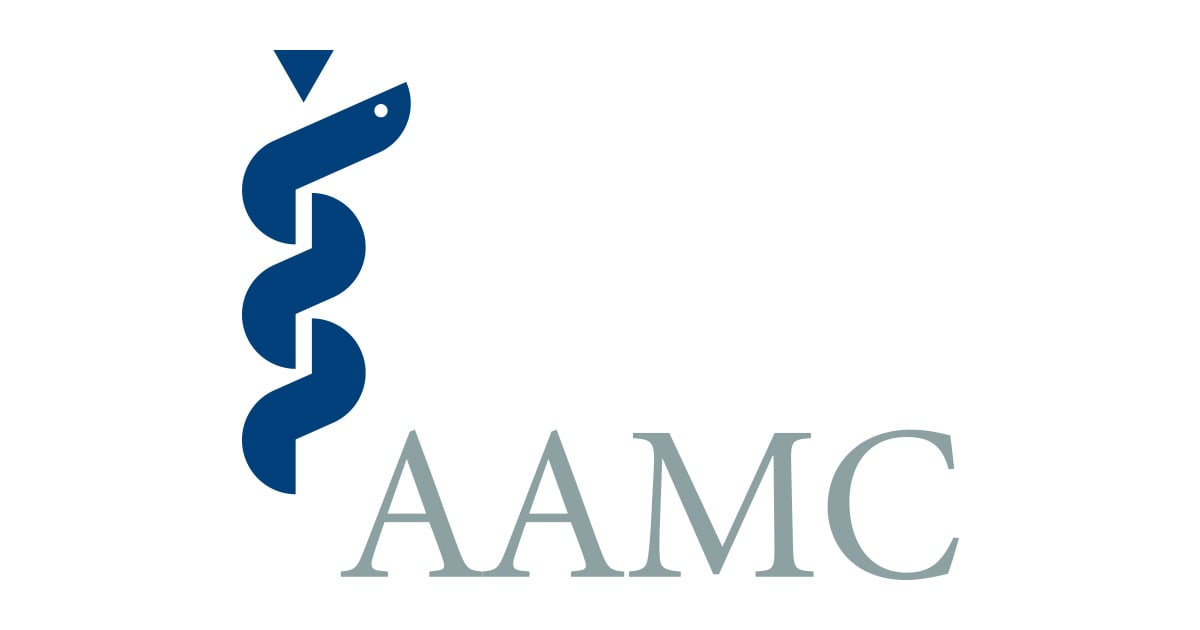Last Updated on June 26, 2022 by Laura Turner
You’ve already done the hard part, you’ve made it into medical school! But how are you going to pay for it? Understanding how to manage your money is critical for financial success. Follow these eight basic tips to start your medical career off right.
1. Learn about financing options
a. Talk to your Financial Aid Officer to learn about loans, interest rates, and repayment options before borrowing.
b. Know your alternatives to borrowing – such as scholarships and/or perhaps family members.
2. If you need to borrow, borrow smart
a. Take advantage of the lowest interest rate loans first.
b. Only borrow what you need; you don’t have to accept the entire amount awarded.
3. Get organized
a. Use FIRST’s Medloans® Organizer and Calculator (MLOC) to track and organize your loans and review payment scenarios.
b. Know what loans you’ve already borrowed – view your account within the National Student Loan Data System.
4. Develop a budget
a. Write it down, track your spending, review it periodically, and edit it as necessary.
5. Know what’s on your credit report
a. Visit annualcredirreport.com to review your three credit reports.
b. Be sure to report any inaccuracies to the appropriate credit bureau.
6. Protect and work to improve your credit score
a. Always pay your bills on time.
b. Only charge what you know you can pay back in full each month.
7. Be proactive
a. Learn about loan repayment, deferment and forbearance while in school.
8. Explore loan forgiveness and repayment programs
a. The Public Service Loan Forgiveness (PSLF) program may be an option for those interested in a public service career.
b. Other federal, state, and county programs may be found on FIRST’s website.
To learn more about the tools and resources available to you, visit aamc.org/first.


